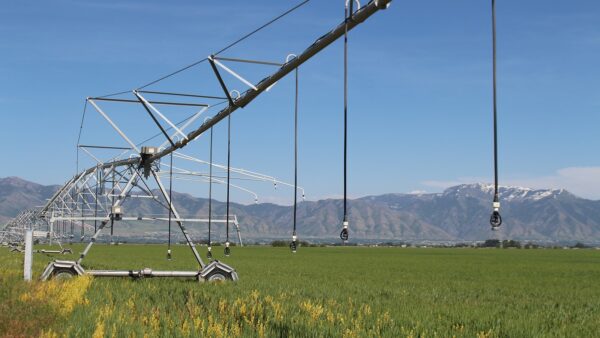“Water remains to be one of the big issues that we have,” said Garfield County Commissioner Leland Pollock in a mid-May meeting. The commissioners had been discussing the same couple of water projects they had been dealing with all summer, including whether to fix or rebuild the failing Panguitch Lake Dam and whether and when to rebuild a Hatch Town Dam. The dams added another facet to water conservation in the dry agricultural county among ongoing grazing, farming and forestry projects.
Water in the West is talked about almost like money. It is used and allocated and saved up for a “rainy day,” so to speak, or in this case maybe a not-so-rainy day.
Unfortunately, Utah and the West have had a habit of ignoring water when they do not need it, and panicking when they do. Thanks to the most recent 20-year-plus drought, that habit is starting to change.
What Does Commissioner Pollock Mean When He Says Water Conservation?
According to Commissioner Pollock, he used to be in the minority when it came to saving water. Now he’s lucky to have support from lawmakers, the Governor and the federal government.
When asked about how he and Garfield County understand the meaning of water conservation, Pollock cited multiple programs, mostly through the state, to use water responsibly.
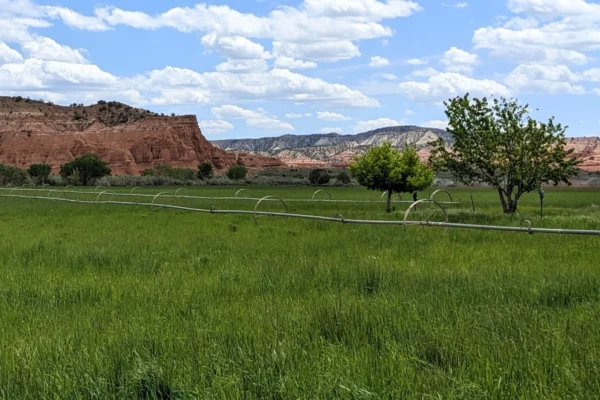
One way of conserving water is to help farmers and ranchers upgrade their watering systems. The counties do this by working in groups of conservation districts, which in collaboration with the Natural Resources Conservation Service, provide cost-effective ways to upgrade to pivots rather than flooding land, for example.
A related resource, used by ranchers, is the Grazing Improvement Program, which helps ranchers drill wells on public lands and build more efficient water troughs which help not only the cows, but the wildlife. “We’re constantly trying to get money to farmers and ranchers to upgrade current systems to conserve water. All [Garfield] commissioners support that,” said Pollock.
Another lesser-known way of conserving water is to actually remove nonnative, water-sucking plants. For this, most of Southern Utah uses the Water Restoration Initiative, a partnership-based program of five regions in Utah that’s been around since 2006.
“A lot of people don’t understand that pinyon and juniper and weeds pull a ton of water out of the watershed,” said Pollock. He said that was a huge problem for the forage, aquifers and springs, and by extension, the wildlife, especially since what was originally there was sage, not trees.
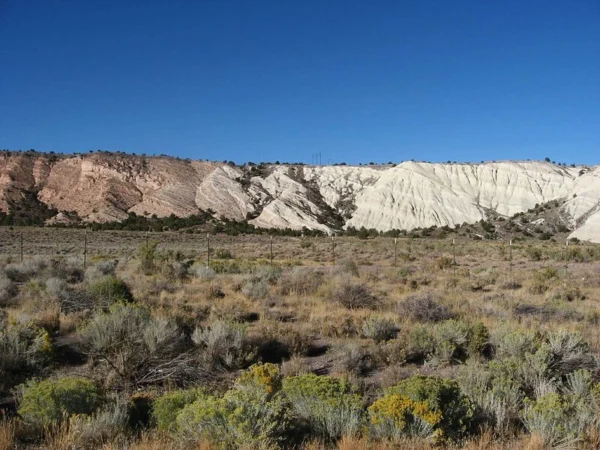
A great example of this type of project is the South Canyon (Panguitch Creek) Watershed Restoration Project completed in 2021 that reseeded 2,000 acres of land between Panguitch and Hatch. This project was appealing for many reasons and had the backing of a variety of land and resource management groups. It was expected to reduce fire fuels as well as runoff and erosion by thinning the trees in favor of shrubs, forbs, and grasses. Commissioner Pollock said there is now 30 times as much forage on the ground as there was prior to the treatment.
A final way to conserve water is to build and maintain dams, a current issue for Garfield County.
Dams in Garfield County
There are two reasons that dams are very much on the minds of Garfield County officials of late. The Panguitch Lake Dam is the obvious one.
Three months ago everyone’s eyes were on the Panguitch Lake Dam. After cracks were discovered in the dam, the lake was forced to discharge about eight feet of water, and the town was getting ready to evacuate. Thankfully, the evacuation never happened, and the dam became stabilized, but it left officials with the problem of what to do next.
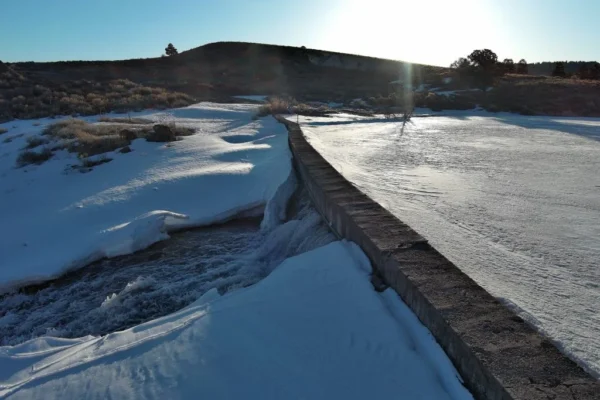
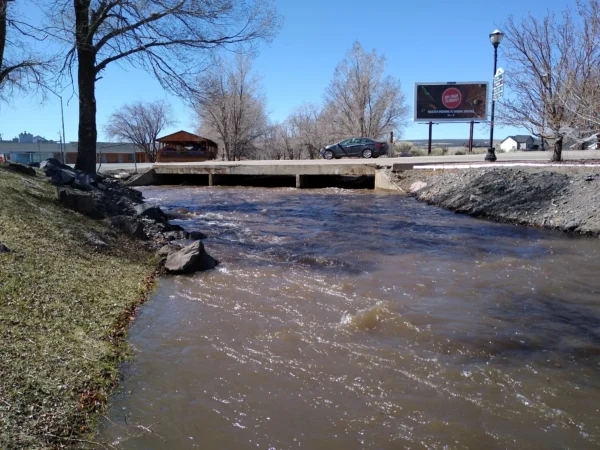
The dam was cracked enough that it could not store water at full capacity. In addition, it would not last forever in the state it was in. The options were to repair it, or to rebuild it. Commissioner Pollock believed it would be better to rebuild because if they lost the water, it would be like sentencing the farmers in West Panguitch to bankruptcy. “The way I look at it, why take a chance?” he said.
New legislative developments would help their chances here, too. One is increased support from the Governor’s office that made updating the state’s dams a higher priority. Another is funding from the federal government for dam safety upgrades, from which Utah will likely receive $7.2 million. Commissioner Pollock believed state Senator Don L. Ipson (St. George) would be a good ally in getting funding as well.
These conditions also make it a good time to move forward on a project the counties have been trying to get done for a long time: the Hatch Town Dam.
The last attempt at building a dam on the Sevier River near Hatch failed in 1914. With Governor Cox’s new push for water conservation, Garfield, Piute and Sevier counties called for the dam to be built again as Southern Utah’s highest water priority. Construction of the dam, though, is facing legal opposition, and probably will not happen for a while, though we should know by the end of the year if it will happen or not.
Why Is Water Conservation a High Priority?
Commissioner Pollock compared construction of a new dam to opening “a savings account for water. Save it when you need it, and shut down that gate when you don’t,” he said.
But both with saving money and saving water, the question always becomes, why? What are we saving for?
In Utah’s case, we are saving because we do not know if we will have that water tomorrow, because water is the lifeblood of the West. And in Southern Utah, tomorrow’s priorities are the same as yesterday’s: having enough water for people, livestock and alfalfa.
“What woke a lot of people up was the drought that we suffered through,” said Commissioner Pollock. “Since then, hopefully we’ve learned from that. Water conservation is something that we have to do, we need to do.”
A separate issue is the conservation of water for the benefit of the Great Salt Lake, which is saving water for a purpose other than for beneficial use. The Byway may cover this in a different article in the future.
– by Abbie Call
Feature image courtesy of Utah Water Research Laboratory.
Read more about the Garfield County commissioners’ ongoing projects in Opening Doors of Understanding by Karen Munson.
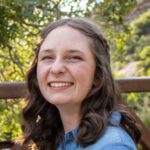
Abbie Call – Cannonville/Kirksville, Missouri
Abbie Call is a journalist and editor at The Byway. She graduated in 2022 with a bachelor’s degree in editing and publishing from Brigham Young University. Her favorite topics to write about include anything local, Utah’s megadrought, and mental health and meaning in life. In her free time, she enjoys reading, hanging out with family, quilting and hiking.
Find Abbie on Threads @abbieb.call or contact her at abbiecall27@gmail.com.

